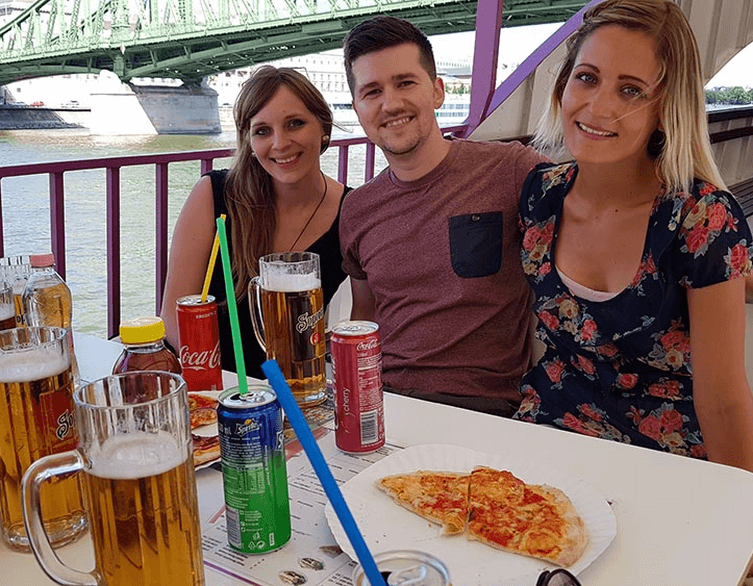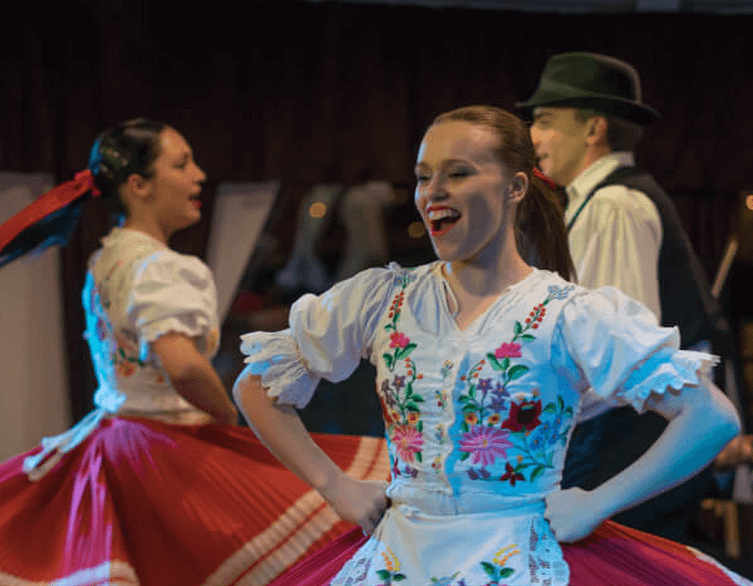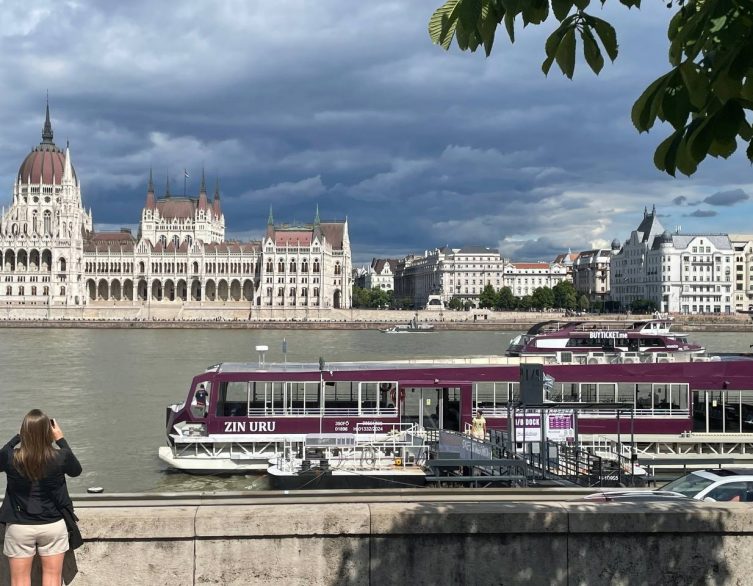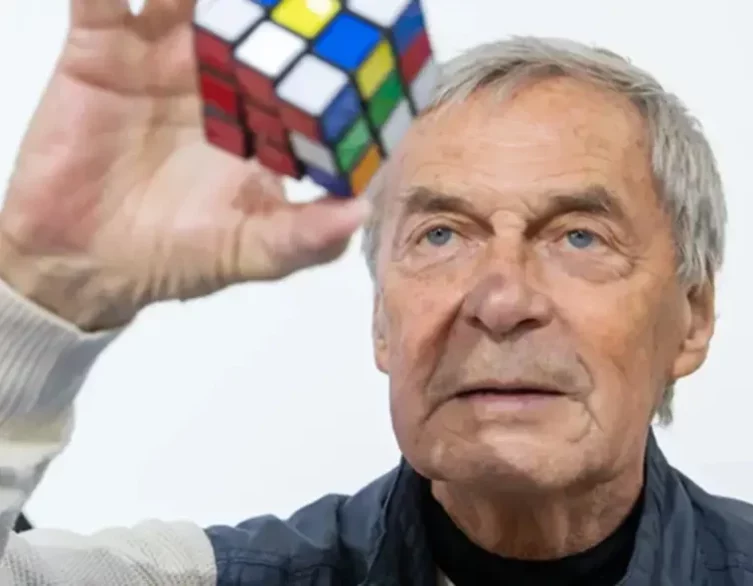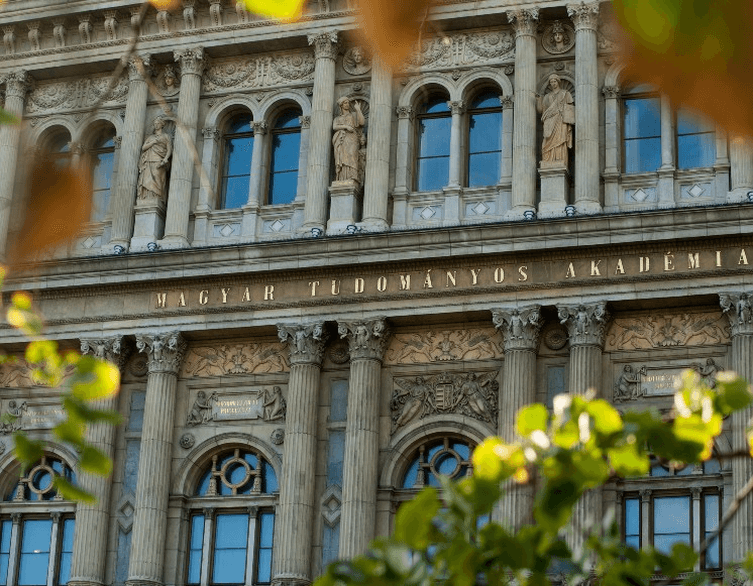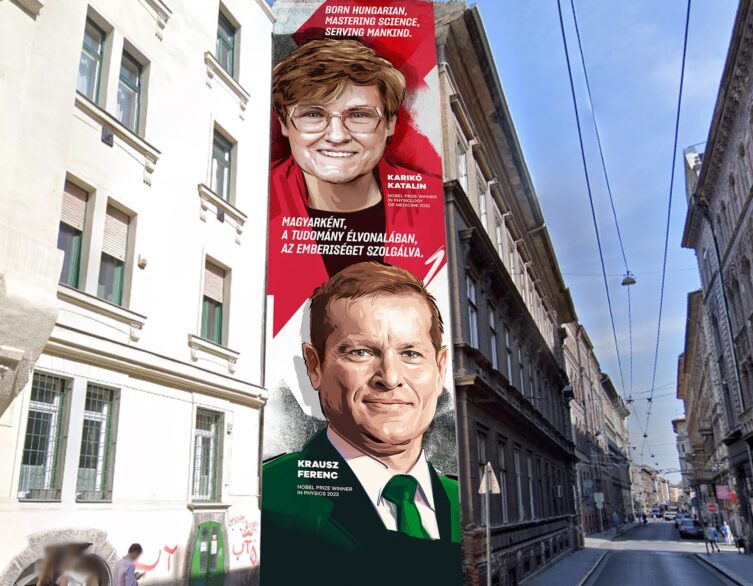Final Weekend to See the Hungarian Academy of Sciences Bicentennial Exhibition
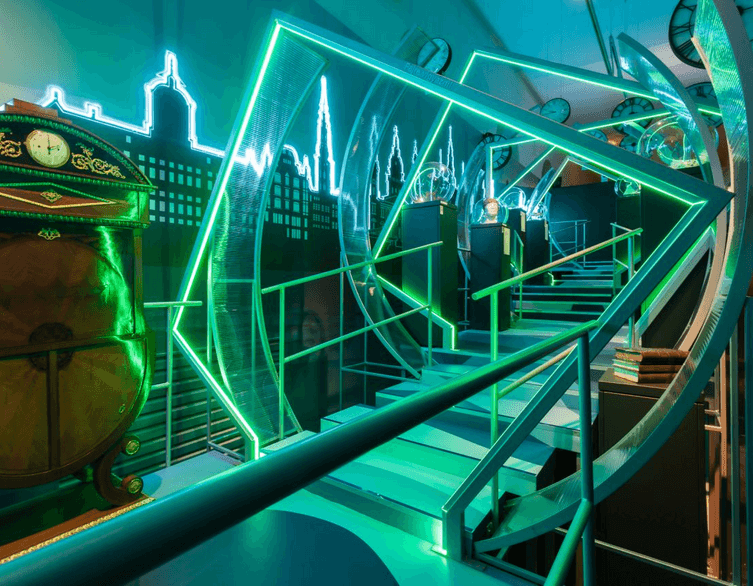
If you’re in Budapest this weekend, you have one last chance to experience a remarkable exhibition celebrating two centuries of Hungarian scientific achievement. The Varázshatalom (Magic Power) exhibition at the Hungarian National Museum closes its doors on October 26, but not before offering visitors some extraordinary final events that bring the human stories behind groundbreaking discoveries to life.
When Science Meets Storytelling
On Friday, October 24, the museum presents something truly special: a theatrical reading performance featuring personal letters and diary entries from Hungary’s greatest scientific minds. Actors Gabi Gubás and Zsolt Zayzon will bring these intimate writings to life, revealing the personal struggles, loves, and doubts that accompanied some of history’s most significant discoveries.
“Sometimes a discovery depends on a single gesture, like someone choosing not to eat their paprika,” Albert Szent-Györgyi once recalled about his discovery of vitamin C. This anecdote perfectly captures what makes this exhibition so compelling. Behind every Nobel Prize and groundbreaking theory stood real people who experienced the same emotions and challenges as anyone else. They loved, lost, started over, and persevered through doubt and sacrifice.
The theatrical reading explores fascinating questions that humanize these scientific giants. What connects mountain climbing to romance in the Eötvös family correspondence? How do personal decisions and sacrifices lead to scientific breakthroughs? Why does love feature so prominently in the Hungarian Academy of Sciences’ history? These intimate glimpses into scientists’ private lives make their achievements even more inspiring.
Best deals of Budapest
A Curator’s Farewell Tour
On the exhibition’s final day, Sunday, October 26 at 10:30 AM, curator Tünde Császtvay offers one last guided tour through the five thematic rooms that span centuries of scientific achievement. This represents a unique opportunity to understand the exhibition through the eyes of its creator, learning about the symbolism and connections that tie together the diverse collection of more than 800 extraordinary objects.
Each room in Varázshatalom functions as its own world, representing different eras and ideas with distinct visual themes and symbolic systems. The curator’s perspective reveals layers of meaning that casual visitors might miss, making this final tour an invaluable experience for anyone interested in the intersection of science, history, and culture.
Treasures You Won’t See Anywhere Else
The exhibition serves as a genuine treasure trove for anyone fascinated by scientific discovery and Hungarian history. Among the remarkable items on display, visitors can see Katalin Karikó’s Nobel Prize medal, awarded by the Swedish Royal Academy for her revolutionary work on mRNA technology that made COVID-19 vaccines possible. This achievement represents one of the most significant medical breakthroughs of the 21st century, and seeing the actual medal connects visitors directly to this historic moment.
Physics enthusiasts can examine the laser mirror developed by Nobel laureate Ferenc Krausz and his colleagues, an instrument that played a crucial role in their groundbreaking research. The exhibition also displays Kisfaludy’s death mask, which has survived the test of time, offering a haunting connection to this important figure in Hungarian literature and science.
The collection bridges centuries of discovery. A manuscript by Copernicus demonstrates how revolutionary ideas fundamentally changed our understanding of the universe. More recent innovations appear alongside historical artifacts, including the Gömböc, a uniquely Hungarian mathematical invention that demonstrates the country’s continued contribution to theoretical mathematics.
Where Medicine Meets History
Medical history receives particular attention in the exhibition. One of the most striking and sobering displays features the skeletal remains of conjoined twins who died in utero, representing a significant moment in Hungarian medical science. This anatomical preparation by József Lenhossék serves as a powerful reminder of how medical understanding advances through careful study and documentation.
The exhibition doesn’t shy away from showing both the triumphs and the difficulties of scientific progress. Through books, instruments, manuscripts, and personal relics, visitors gain insight into the painstaking work that advances human knowledge. These objects tell stories not just of discovery, but of preservation – how Hungarian scientific heritage survived and grew through both peaceful periods and turbulent historical moments.
An Immersive Journey Through Time
What sets Varázshatalom apart from typical museum exhibitions is its commitment to creating an engaging, multisensory experience. Modern installations and digital experiences complement the historical artifacts, making the Hungarian Academy of Sciences’ 200-year journey accessible and exciting for contemporary audiences. The exhibition successfully balances respect for historical significance with innovative presentation methods that capture visitors’ imagination.
The journey progresses from the workshops of humanist scholars through to cutting-edge modern laboratories, tracing the evolution of Hungarian science and the Academy’s institutional development. Interactive elements help visitors understand complex scientific concepts, while the careful curation ensures that each artifact’s story comes through clearly.
Don’t Miss This Opportunity
With just days remaining before the exhibition closes permanently, this weekend represents your final opportunity to experience this comprehensive celebration of Hungarian scientific achievement. Whether you’re a science enthusiast, history buff, or simply curious about the discoveries that shaped our modern world, Varázshatalom offers insights you won’t find anywhere else.
The theatrical reading on Friday requires advance registration with museum admission, while the curator’s tour on Sunday morning operates on a first-come basis. The Hungarian National Museum is easily accessible from central Budapest, making it simple to incorporate this cultural experience into your weekend plans.
This exhibition demonstrates why Budapest remains a city where intellectual curiosity and cultural heritage converge. The Hungarian Academy of Sciences has contributed significantly to global knowledge across disciplines from physics and chemistry to medicine and mathematics. Seeing the tangible evidence of these contributions – from Copernicus manuscripts to Nobel Prize medals – creates a profound appreciation for the dedication required to advance human understanding.
Related news






